How Much Microplastic Are You Ingesting in Your Daily Life?
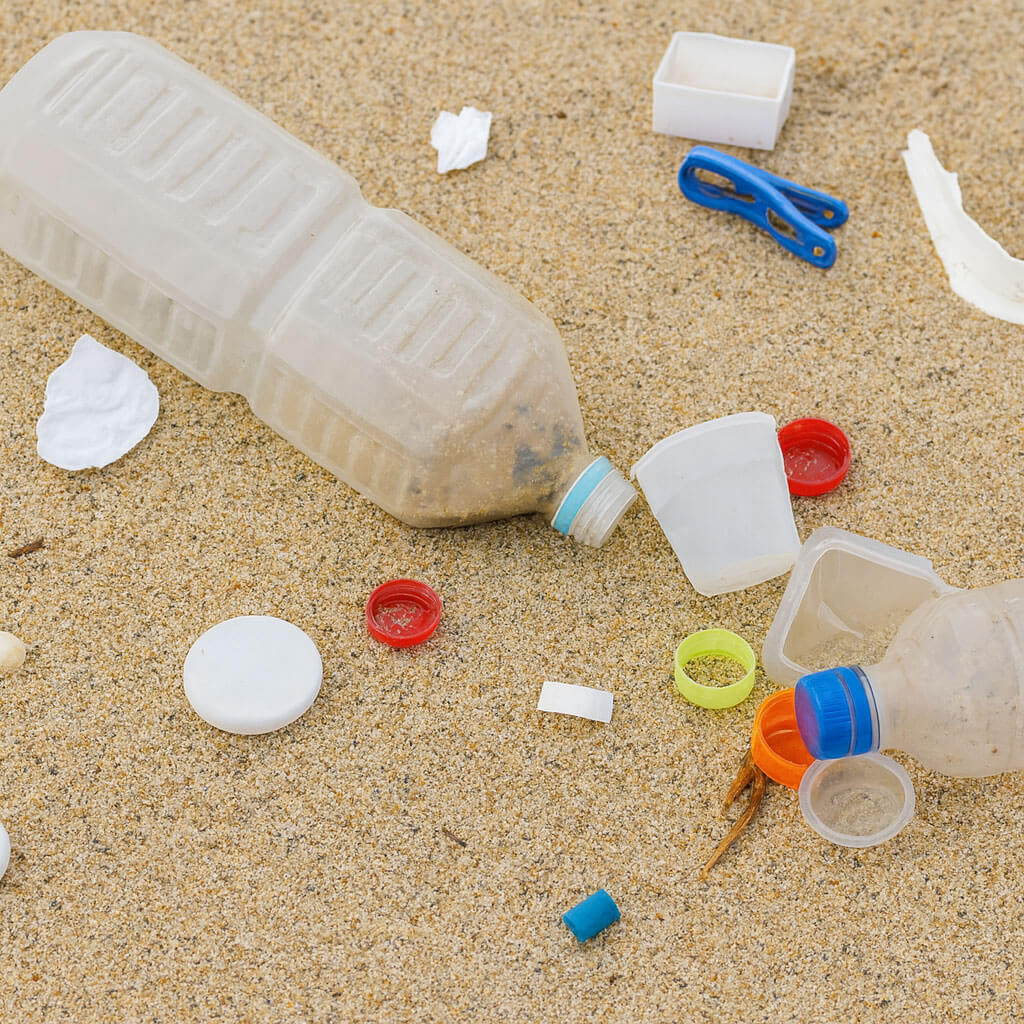
Current research reveals that in our daily lives, we may be unknowingly ingesting significant amounts of microplastics. These tiny plastic particles are everywhere—not just in the water you drink and the food you eat, but also in the air you breathe and even in some skincare products. In other words, microplastics are like “invisible companions” floating around us. Every day, through breathing, eating, and drinking, we may unintentionally bring them into our bodies. Some estimates suggest that the number of microplastic particles ingested daily from food and water may range from hundreds to thousands, and in certain environments, this number could be even higher.
The problem isn’t just about the quantity; it’s also about the long-term accumulation of these tiny particles in our bodies. Although the numbers sound alarming, scientists are still working to determine the potential health impacts. Preliminary studies suggest that microplastics may affect the immune system, nervous system, and even the digestive system. In other words, while the situation isn’t catastrophic yet, continuous and long-term ingestion and accumulation remain a concern for the medical and environmental communities. These particles could eventually trigger health problems that we don’t yet fully understand, especially since different types of microplastics—with different molecular chains, chemical formulas, and polymer structures—pose varying degrees of risk.
From another perspective, we have unknowingly become loyal “fans” of these microplastics. Whether it’s drinking water in the office, enjoying a meal at a restaurant, or breathing in fresh air at home, these particles quietly find their way into our bodies. You might wonder: “So what can I do?” In fact, many experts and research institutions are actively working on ways to reduce exposure. These efforts include improving water filtration technologies, promoting plastic-free or biodegradable packaging, and encouraging more eco-friendly and health-conscious lifestyles.
What Are Microplastics
Microplastics generally refer to plastic fragments smaller than 5 millimeters, and some are so small they are invisible to the naked eye. These tiny particles mainly originate from the breakdown, degradation, or abrasion of plastic products in natural environments due to sunlight, weathering, mechanical friction, and other factors. Because of their small size, microplastics can easily enter natural food chains and, through drinking water, food, or inhaled air, make their way into the human body—accumulating in the intestines, lungs, blood, and even other organs.
Microplastics generally refer to plastic fragments smaller than 5 millimeters, and some are so small they are invisible to the naked eye. These tiny particles mainly originate from the breakdown, degradation, or abrasion of plastic products in natural environments due to sunlight, weathering, mechanical friction, and other factors. Because of their small size, microplastics can easily enter natural food chains and, through drinking water, food, or inhaled air, make their way into the human body—accumulating in the intestines, lungs, blood, and even other organs.
Hazards of Microplastic Particles
The environmental and health impacts of microplastics are still being actively studied by the scientific community. Laboratory analyses using high-resolution techniques—such as Raman spectroscopy—have found that microplastic particle sizes range from just a few micrometers to several hundred micrometers. Various materials, including PET, PE, PP, PS, and PVC, have been detected.
Recent monitoring data also indicate that microplastics inhaled into the human body, particularly particles smaller than 10 micrometers, may more easily penetrate the respiratory barrier and enter lung tissue. This process can trigger localized inflammatory responses and oxidative stress. Below is a summary of the currently known effects and risks.
Environmental Impacts of Microplastic Particles
Microplastics are highly persistent in the environment, capable of maintaining their molecular structures for decades or even centuries, making them extremely difficult to degrade. This persistence poses long-term impacts on ecosystems. These tiny plastic particles can enter water bodies, soil, and the atmosphere, and circulate through the food chain, creating significant potential threats to wildlife and human health.
- Marine pollution: Microplastics have been found in marine organisms, disrupting the food chain and, in some cases, even leading to the death of marine life.
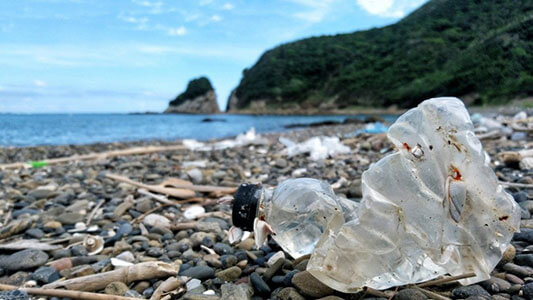
- Soil and water contamination: When microplastics enter soil, they can disrupt the balance of microbial ecosystems and may spread further through groundwater pathways.
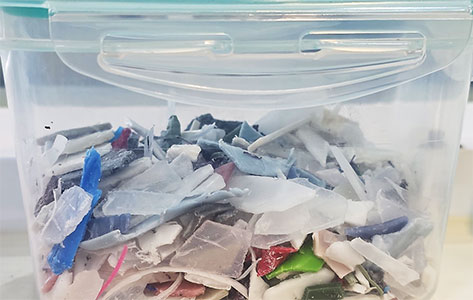
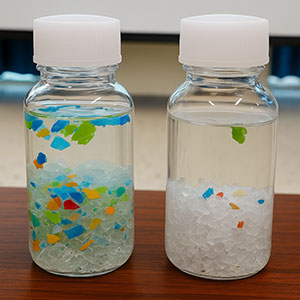
- Air pollution: Microplastic particles can be transported through the air, potentially impacting ecosystems.
Health Impacts of Microplastic Particles
- Potential toxicity: Research shows that microplastics may affect the immune, nervous, and digestive systems. In some animal studies involving long-term exposure to microplastics, signs of immune system imbalance have been observed, suggesting that microplastics may interfere with immune function.
- Accumulation effects: Microplastics have been detected in human blood, placentas, and lungs. These particles, along with pollutants attached to them (such as persistent organic pollutants and heavy metals), may trigger cells to produce large amounts of reactive oxygen species (ROS), leading to cellular damage and chronic inflammation. The full scope of long-term effects, however, remains under investigation.
- Neurodegenerative and other risks: Some studies have suggested a link between microplastics and conditions such as Parkinson’s disease and Alzheimer’s disease. Common plastic additives like phthalates and bisphenol A (BPA)—often found together with microplastics—can act like hormones and disrupt the endocrine system, affecting reproduction, development, and metabolism. For this reason, certain materials are strictly prohibited in products designed for infants and young children.
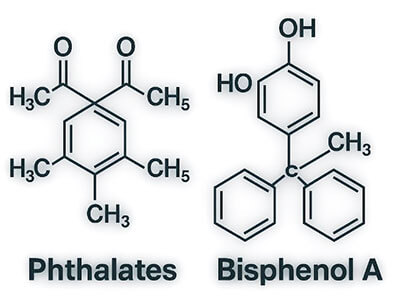
Main Sources of Microplastics
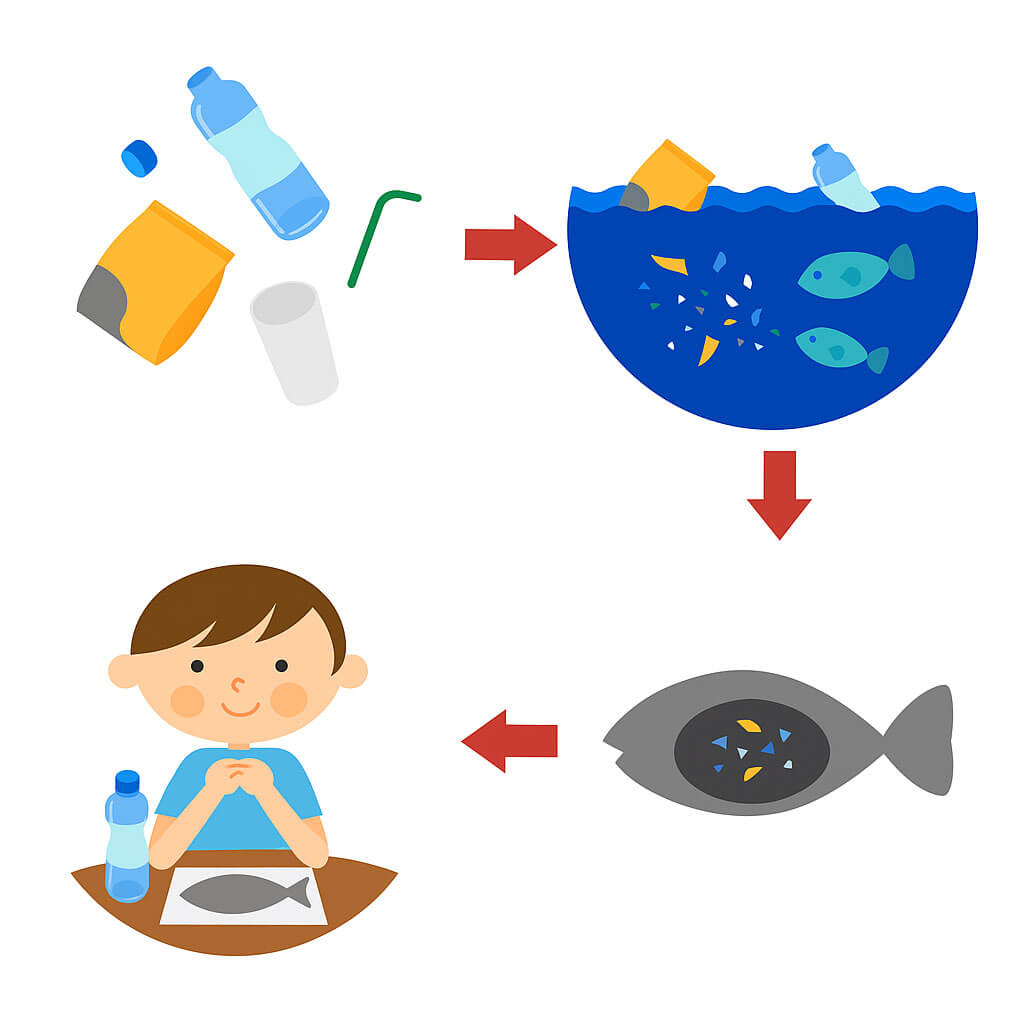
Microplastics come from a wide range of sources, including primary microplastics (those manufactured in small sizes, such as microbeads in cosmetics) and secondary microplastics (generated when larger plastic items wear down or degrade).
The World Health Organization and many countries have implemented clear regulations to ban the production of certain primary microplastics to prevent environmental damage and protect human health.
Secondary microplastics are typically tiny plastic fragments less than 5 millimeters in diameter, sometimes so small they are invisible to the naked eye. These particles mainly form when larger plastic products degrade due to sunlight (UV rays), weathering (heat and oxygen), mechanical forces, or physical abrasion. Because of their small size, these particles easily enter natural food chains, posing long-term risks to both wildlife and humans.
Microplastics can be classified into two major types:
Primary microplastics
- Microbeads in cosmetics or facial cleansers, commonly found in exfoliating products.
- Industrial plastic pellets (nurdles) used in manufacturing abrasive cleaners or as fillers.
- Microfibers released from synthetic fabrics during washing.
Secondary microplastics
- Plastic bags, bottles, and packaging materials breaking down after exposure to sunlight, weathering, or abrasion.
- Tire wear particles that wash into waterways during rainfall.
- Fishing nets, tea bags, and other plastic items or containers that fragment over time.

An Overlooked Source: The Link Between Scratch Resistance and Microplastic Generation
Plastics with poor scratch resistance are more likely to generate secondary microplastics during use. Because their surfaces are less resistant to abrasion, they are easily scratched or worn down by harder materials, releasing tiny plastic particles. This means the formation and release of microplastics are closely linked to the scratch resistance of the material.
Below is a detailed explanation of how the scratch resistance of plastic surfaces affects the generation of microplastics and their environmental impact.
Scratch Resistance and Microplastic Formation
- Plastics with poor scratch resistance: These materials are prone to surface scratches and abrasion. Such damage causes tiny fragments of the plastic surface to detach, forming microplastics. For example, low-density polyethylene (LDPE) and high-density polyethylene (HDPE) have relatively poor scratch resistance and tend to generate microplastics during use. Another material, polycarbonate (PC), although mechanically strong, is not highly scratch-resistant. If non-soft materials, such as rough brushes, are used for cleaning, the surface can be easily scratched, increasing the likelihood of microplastic release.
- Plastics with good scratch resistance: These materials are less prone to scratches and abrasion, thus generating fewer microplastics. Examples include polymethyl methacrylate (PMMA) and polyamide (PA), which exhibit better scratch resistance and release fewer microplastic particles during use.

Reducing Microplastic Generation
Enhance the scratch resistance of plastic materials: Choosing plastics with better scratch resistance or applying surface hardening treatments can help reduce the formation of microplastics. For example, applying a coating to polycarbonate (PC) surfaces can significantly improve its scratch resistance and reduce microplastic release.
- Improve product design: Consider factors that minimize abrasion and scratches during the design phase, such as selecting appropriate materials, designing smooth surfaces, and reducing friction points.
- Strengthen recycling and waste management: Implement efficient recycling and processing systems to prevent plastic waste from entering the environment, thereby reducing the generation of microplastics at the source.
Minimizing Daily Exposure
In summary, microplastics are now widespread in our daily lives, entering the human body through multiple pathways and potentially causing cell toxicity, inflammation, and immune system disorders. Although there are still many debates and uncertainties, growing evidence suggests that long-term, cumulative exposure to microplastics could pose health risks.
Scientific research is continually developing new detection techniques to better analyze how microplastics of different sizes are distributed in the body and how they affect cells and molecular systems. These studies will provide more accurate data for assessing the risks of long-term, low-dose exposure and will help in establishing stricter environmental and food safety regulations in the future.
Additionally, the scratch resistance of plastic materials, which is often overlooked, plays an important role in microplastic generation. Plastics with poor scratch resistance tend to release microplastics more easily during use, posing greater potential risks to human health. Paying attention to the materials used, improving scratch resistance, and refining product designs are all effective strategies to reduce microplastic release.







